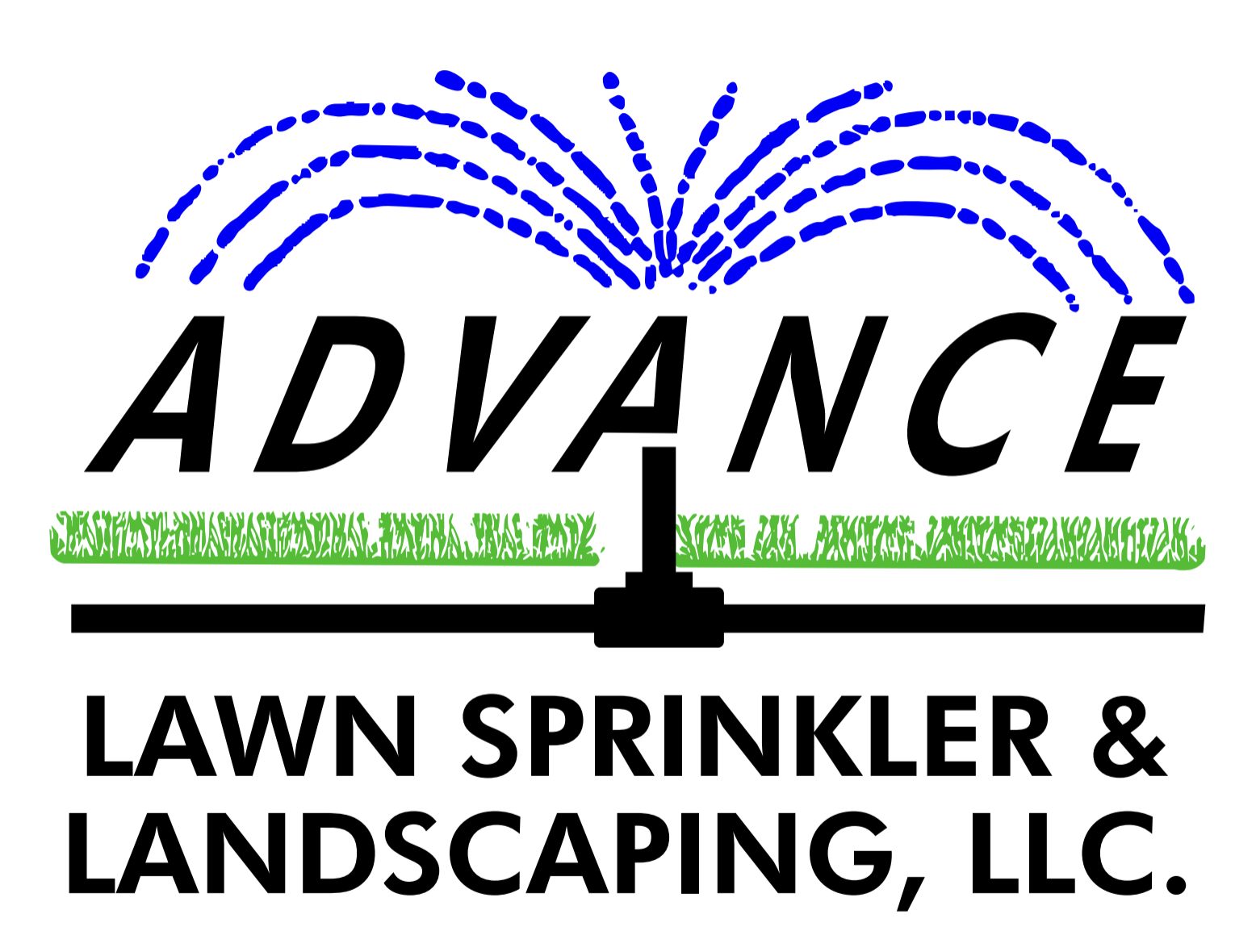Frequently Asked Questions
-
Q. Will an automatic sprinkler system use more water than my manual sprinklers?
A. No. -- In fact, an automatic sprinkler system may actually save you water. A well designed, efficient irrigation system applies exactly the amount of water needed by your landscape. You will never again have to worry about wasting water if you forget to turn off the hose. Plus, with a Hunter rain sensor your system will know when it is raining and simply turn itself off when water is not needed.
-
Q. Will an automatic sprinkler system water as well as I do when I water by hand?
A. An automatic sprinkler system will do a more efficient job because it will be designed based on your landscapes diverse watering needs, using specific products designed to water grass, trees, shrubs or garden plants.
-
Q. How often/when should I water my lawn?
A. There is no one size fits all for how often and when to water a lawn – as there are many variables that must be accounted for in order to answer this question. Your lawn’s watering program should be built around the concept of ‘replacing what is lost’. Based on this concept – you should water less in the spring and fall months and more during the summer months. Regarding when you should water, it is recommended to water early morning to minimize issues with fungus (very important once temps are in excess of 85°).
-
Q. When should I winterize my irrigation system?
In order to prevent damage to your irrigation system, you must winterize prior to freezing temperatures. Richmond has experienced temperatures in the 20°’s as early as mid-October. Most of our customers choose to winterize late October thru mid November. Many times customers are reseeding their lawns during this period and rely on the irrigation system to get the seed off to a good start. If you are not reseeding your lawn, we strongly encourage you to winterize early October to minimize exposure to freezing temperatures.
-
Q. What is hardscaping?
There is a wide selection of products and materials that can be used to craft a hardscaping design for your outdoor space. Here is an overview of seven common types of hardscape features.
Fire pits: A built-in outdoor fireplace or fire pit made of brick or stone is functional hardscaping that can make your outdoor space more liveable and relaxing.
Stone pathways: Stone pathways are typically made out of materials like natural stone or concrete pavers. They can provide you with access to the different parts of your garden that helps you avoid trampling any of your dirt or getting your feet dirty.
Retaining walls: Retaining walls are load-bearing walls that draw the boundary of a garden at the top of a hill, or the bottom of a hill, effectively damming up dirt and water runoff that would otherwise interfere with growing softscape.
Gazebos and pergolas: Freestanding structures in your outdoor living space like gazebos and pergolas—which are partially-shaded walkways—are forms of hardscaping that come in a variety of shapes, sizes, materials, and themes. They provide shade and shelter during outdoor gatherings and make your outdoor space more liveable.
Decks and patios: Structures like wooden decks and patios are another form of hardscaping that can extend living space into an outdoor area. You can use materials like brick or concrete depending on cost and maintenance requirements.
Fountains: Water features like fountains or paved garden streams can provide your backyard with a natural focal point and a peaceful ambience.
Driveways: Driveways provide you with a car path into your property. They can be made from poured concrete, brick, stone, asphalt, or any other sturdy, weather and load-bearing material. A house will often come with a built-in driveway, but some homeowners choose to hardscape new driveways if they decide to expand or renovate after excessive wear
-
Q. What are the advantages to using sod?
1. Instant Lawn
One of the most noticeable advantages of sod is that you’ll have an instant lawn.
Seeding your lawn takes at least 18 months to grow; in the meantime, you’ll be stuck with a bare yard. Sodding, on the other hand, provides an immediate aesthetic change and is fully established about two weeks after it’s placed.
The average size yard is able to have sod installed in a matter of hours. Moreover, it can be installed during any season, as long as the ground isn’t frozen.
2. Preventing Soil Erosion
Sod is able to control dust, mud, and erosion — this is because it’s already fully grown.
If you have a yard that becomes muddy when it rains, sod is a great way to eliminate this issue.
3. Heat Reduction
Asphalt, concrete, bare soil, and artificial turf emanate heat. Sod is able to absorb heat.
This is important for areas that experience a lot of hot weather, like Arizona and Florida.
Along with heat reduction, it also reduces greenhouses gases by absorbing carbon dioxide. It then releases oxygen and cools the air.
4. Added Value
A green, luscious lawn instantly adds value to your home — an important point if you’re preparing to sell.
The landscaping of your home is just as important as the interior.

